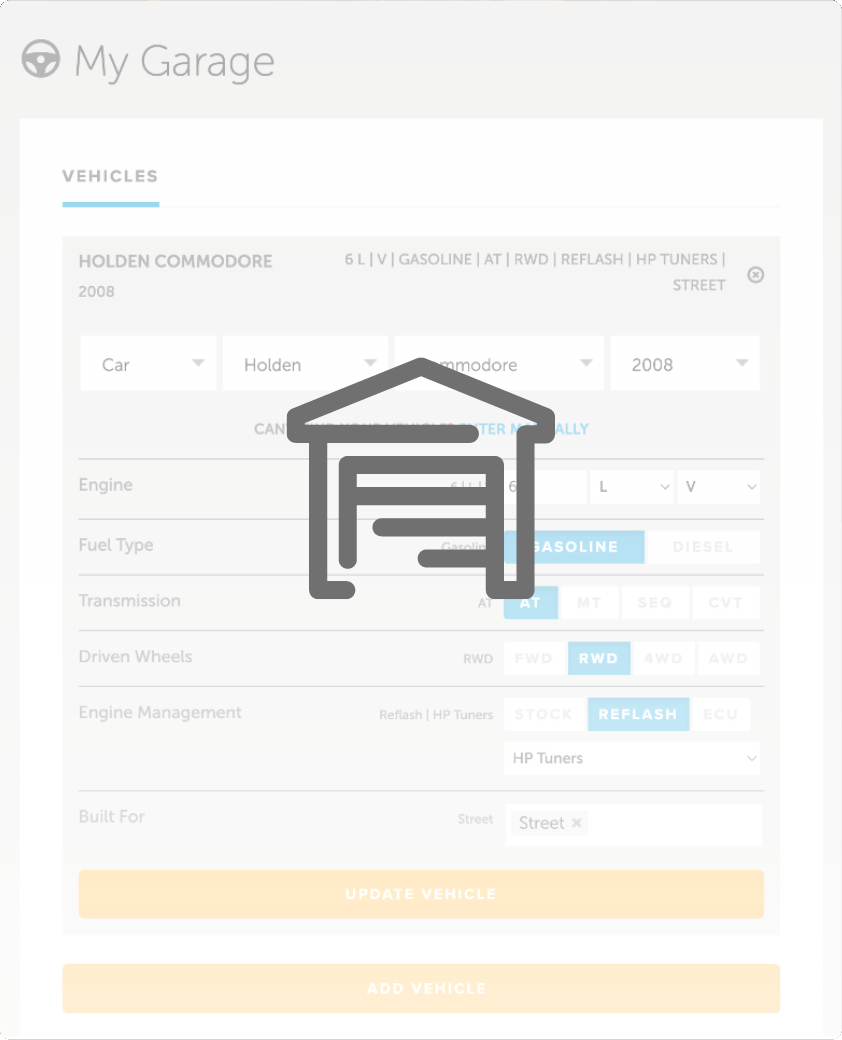| 00:00 |
Unsurprisingly, the process of 3D scanning on a smartphone isn't too dissimilar from that to a 3D scanner.
|
| 00:07 |
However, due to the comparative simplicity of the smartphone software, the process is generally more straightforward.
|
| 00:14 |
Before starting, we want to make sure the object or environment is well lit and the lighting is even, without areas of high brightness or shadow.
|
| 00:23 |
This is particularly an issue for the use of photogrammetry, which will be most likely the method we're using with a smartphone.
|
| 00:31 |
Depending on the app we're using and the preferences we choose, the process will involve taking the photos manually or moving around the object while the photos are taken automatically.
|
| 00:41 |
We just need to keep the phone pointed at the target so it stays in frame, and then slowly and smoothly move around the target, collecting images from all angles.
|
| 00:51 |
We don't want to miss any surfaces or details.
|
| 00:54 |
We also want to stay within the working distance, without being too close or far away.
|
| 01:00 |
In most apps there will be some form of prompt or instruction around this distance, and also a way of communicating the angles that the data has been collected from.
|
| 01:11 |
On some apps, like Kiri Engine for example, it's possible to stop and restart scans, wherein something like Scaniverse, the scan must be done in one go.
|
| 01:22 |
When we're confident that we've covered all the angles, we can stop the scan and review the model.
|
| 01:27 |
If we're missing data, then we might need to retake the scan, as most apps don't have the ability to add to scans once the process is stopped.
|
| 01:36 |
They also won't have the ability to merge or align multiple scans, but this can all be done in CAD or an intermediate software later on.
|
| 01:45 |
And that's all there really is to it, so let's summarise the process.
|
| 01:49 |
After ensuring the target is well lit, we can start the scanning process.
|
| 01:53 |
Depending on the app we're using and what we select, this will involve slowly and smoothly working around the object, capturing data from all angles, just like usual, but we could also take the photos from each angle manually.
|
| 02:07 |
Some apps will allow us to pause and resume the process, but once finished, we probably won't be able to go back and collect more data without starting from scratch.
|
| 02:17 |
In the next module we'll look at exporting the final scan files and getting them set up on our computer.
|





